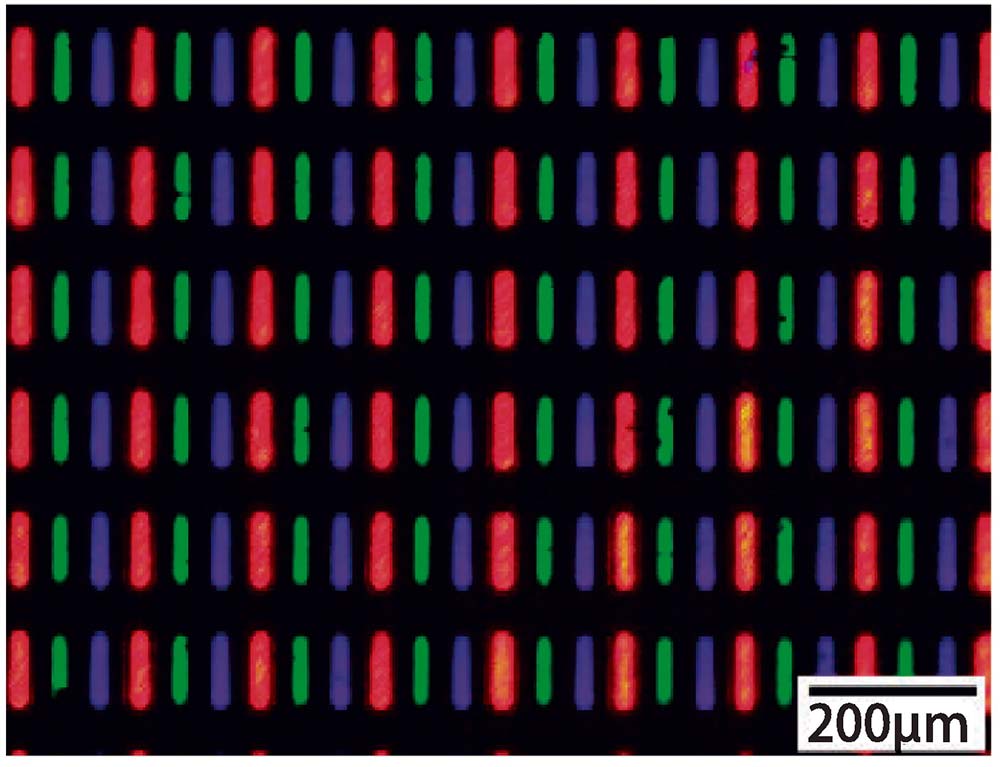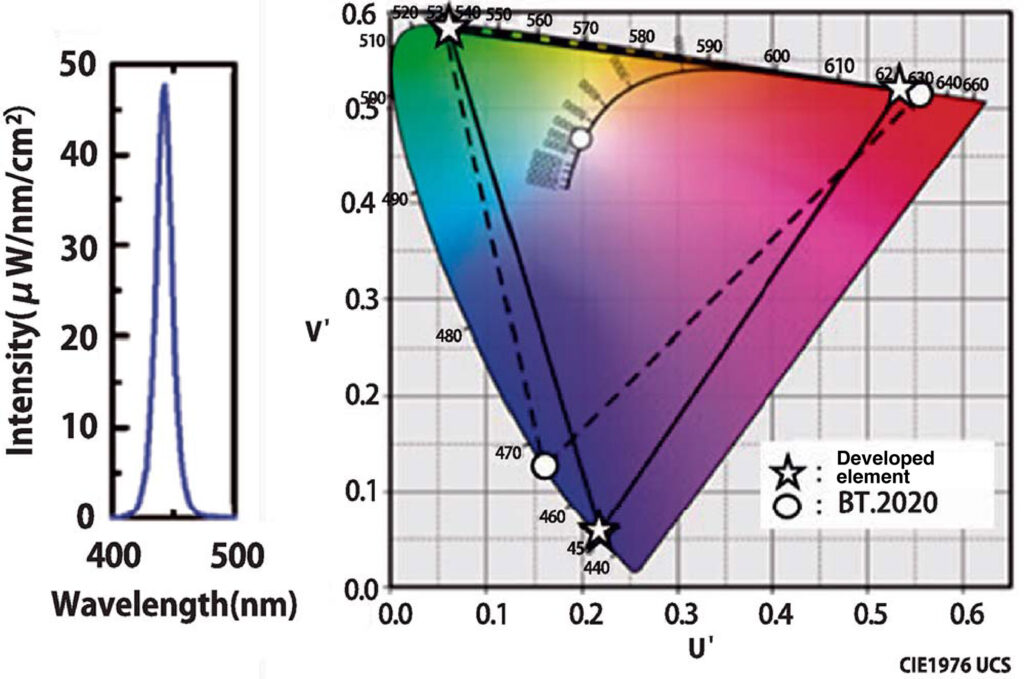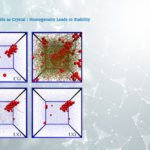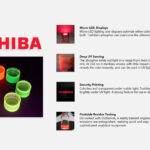ASIA ELECTRONICS INDUSTRYYOUR WINDOW TO SMART MANUFACTURING
Novel Research Digs Deep on Quantum Dot Technology
Sharp Corporation and The University of Tokyo have succeeded in current injection emission and the patterning of red, green, blue (RGB) pixels (pixel forming) using quantum dots (nano LEDs). Most importantly, the process only involved narrow emission spectrum width and no cadmium (Cd) content.
Thus, both Sharp and The University of Tokyo have made a great leap forward toward practical use of next-generation high-efficiency displays. Moving forward, they will work on further development of the technology targeting practical use at an early stage. Expectations for quantum dot displays are riding high as energy conservation displays that can be applied to a wide range of displays from small- and medium-sized high-definition displays to 8K/4K large-sized displays.
Contribute to Practical Use of Next-Generation Displays
Sharp, Sharp Display Technology Corporation (SDTC) and The University of Tokyo have engaged in “the development of materials and processes for next-generation high-efficiency displays” since FY2019. Particularly, they are targeting practical use of next-generation high-efficiency displays under NEDO Strategic Innovation Program for Energy Conservation Technologies. NEDO is New Energy and Industrial Technology Development Organization of Japan.
This time, the three entities have succeeded in current injection emission and the patterning of RGB pixels using quantum dots with narrow emission spectrum width and no Cd content. These technologies lead to the realization of new self-light-emitting displays that have small environmental loads, and high brightness, high contrast and wide color gamut at the same time.

In the display field, moves to employ new technologies, such as quantum dots (semiconductor nanoparticles with a diameter of approx. 10nm or smaller) as next-generation display technologies that replace liquid crystal and organic light-emitting diode (OLED) displays have been gathering steam to meet demands for higher picture quality.
Features Excellent Color Reproducibility
Quantum dots have high luminous efficiency and allow their emission wavelength controlled through particle size adjustment. Hence, they feature excellent color reproducibility. Particularly, they also feature narrow emission spectrum width (wavelength width of light) and high color purity. Thus, they are suitable for displays with wide color gamut.
Without the need to use color filters that cause the loss of emitted light, quantum dots suppress loss of power. Therefore, contributing to energy conservation as well. As they emit light through electric current injection, they are self-light-emitting displays that can express images with high contrast.
Moreover, the adoption of quantum dots with the width of blue spectrum about 60 percent narrower than conventional general Cd-free quantum dots has expanded the reproducible color gamut compared with the current mainstream display technologies. Particularly, blue quantum dots promise thinner displays with higher contrast compared with LCDs.
In addition, they enable displays with higher brightness than white OLED displays, and larger displays compared with RGB OLED displays.

Adopts Photolithography Method
While having these advantages, general quantum dot materials contain Cd and their environmental impact is a concern. The developed technologies do not contain Cd and are compliant with Europe’s Restriction of the use of certain Hazardous Substances in electrical and electronic equipment (RoHS) directives.
This time, the team has adopted the photolithography method for the patterning of RGB pixels. The photolithography method is generally used for the manufacture of integrated circuits. It enables displays with higher definition and larger areas.
Going forward, the technology will likely be deployed to various devices and applications from small- and medium-sized high-definition displays, such as head mount displays, and those for mobile terminals, and tablets to large displays such as 8K/4K large-sized TVs.
The University of Tokyo will further advance basic research to improve the quality of quantum dots.
Meanwhile, Sharp and SDTC will work to put next-generation high-efficiency displays that feature low power consumption, high brightness, high contrast, and wide color gamut to practical use as early as possible. By expanding the use of energy conservation displays, Sharp targets to achieve energy conservation effects of 113,000 kiloliter (in a crude oil equivalent) in 2030 in Japan.




